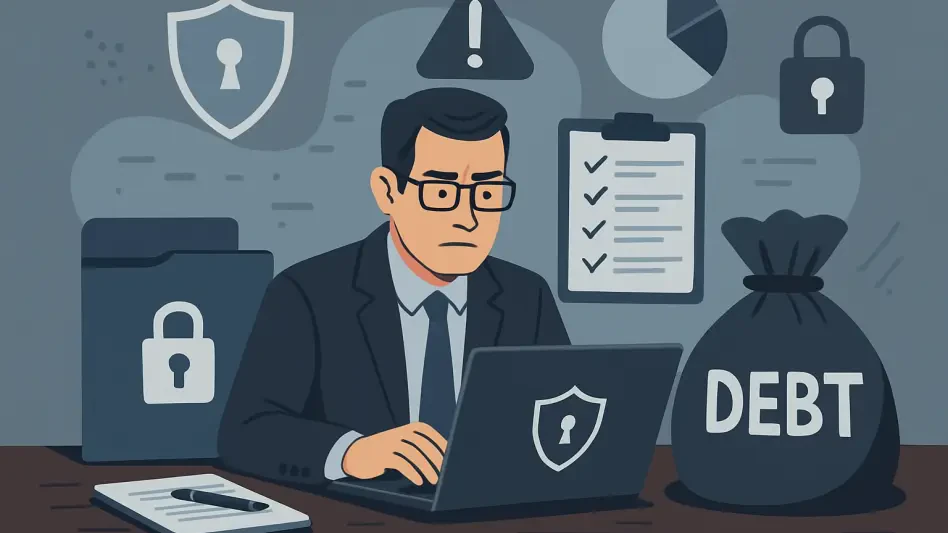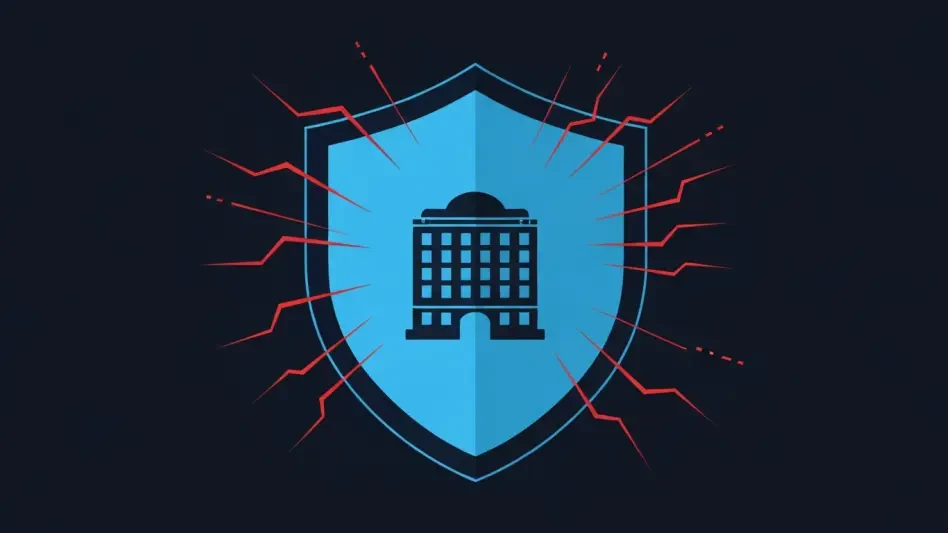In a world where security threats evolve daily, the massive challenge of security debt looms over Chief Information Security Officers (CISOs). This invisible burden accumulates with every skipped update and misconfiguration, threatening to undermine ongoing security efforts. It’s the code that never gets updated and the tool that’s left unused—quietly compounding until it becomes an insurmountable obstacle. Does this shadowy specter cripple an organization’s defenses, or is there redemption for companies determined to tackle this silent monster?
Security debt is a formidable foe in today’s dynamic cybersecurity landscape, silently building as companies neglect crucial security practices. Its accumulation is not only a technical concern but also a strategic one, influencing the financial and operational aspects of an enterprise. CISOs today face ever-increasing pressure to manage this debt, particularly as businesses and cyber threats become more complex. According to a study, many companies incur about 40% of security debt yearly, a staggering statistic that underscores the urgency of addressing it.
Dissecting Security Debt: Four Crucial Insights
Security debt is often perpetuated by ambiguity in risk definition and ownership. When responsibilities and risks are unclear, teams struggle to focus efforts, leading to lapses and inefficiencies that amplify debt. For instance, in a scenario where no one is accountable for a critical system update, vulnerabilities persist. The lack of clear accountability results in failures that continue to haunt organizations long after they occur.
Despite their efforts, many CISOs struggle with their successes going unnoticed, which further complicates the battle against security debt. The repercussions of these unnoticed achievements are significant, often leading to burnout and a decrease in morale among cybersecurity teams. A notable case involved a financial services company that spent millions on cybersecurity, yet its successes were only recognized in annual reports. This lack of visibility can erode trust in security initiatives and discourage investment in necessary measures.
CISOs often find themselves trapped in a cycle of reacting to threats instead of actively managing risks. Firefighting takes a toll on resources and energy, ultimately hampering effectiveness in reducing security debt. By shifting focus from reactive to responsive actions, organizations can prioritize threats based on business impact. This transformation helps teams address the most critical issues first, preserving resources and reducing long-standing debts.
Strong leadership and effective board relationships can transform cybersecurity strategies. When CISOs engage productively with the board, they can effectively communicate the importance of investments that mitigate risk. A robust relationship with the board not only fosters support but also elevates the status of cybersecurity initiatives, making them integral to the organization’s strategy rather than an afterthought.
Citing Experts and Real-World Experiences
Experts assert that prioritizing security debt is crucial for any CISO seeking to reclaim operational control. As expressed by a respected cybersecurity consultant, “Addressing security debt is not just about fixing past mistakes but setting a proactive path forward.” Studies emphasize the importance of clear communication and risk ownership as primary steps in tackling this burden. A compelling story from a global retailer revealed how real-time threat prioritization allowed the company to substantially reduce security incidents by focusing efforts on high-impact areas.
By examining these real-world insights and expert advice, CISOs can gather valuable lessons that not only help eradicate security debt but also elevate their security posture. Research findings show that improved visibility and leadership can enhance response efforts, leading to significant reductions in mean time to respond (MTTR) and resource wastage.
Practical Strategies for Eradicating Security Debt
To tackle security debt effectively, CISOs must adopt practical, proactive strategies. First, they should implement robust frameworks for risk management, ensuring clear lines of responsibility and communication. This approach helps eliminate ambiguity and fosters a culture of accountability. Second, enhancing real-time prioritization based on business impact can direct efforts toward the most pressing threats, making efficient use of resources.
Building influential relationships with the board is crucial for gaining support and driving strategic decisions. When CISOs communicate the value of cybersecurity investments compellingly, they secure necessary backing for crucial initiatives. By aligning cybersecurity goals with business objectives, they can transform security from a perceived cost to a strategic asset.
As organizations navigate the complexities of cybersecurity, it is vital to recognize that security debt is an obstacle but not insurmountable. By acknowledging its pervasive effects and adopting targeted strategies, CISOs can regain control and steer their organizations toward a more secure future.








